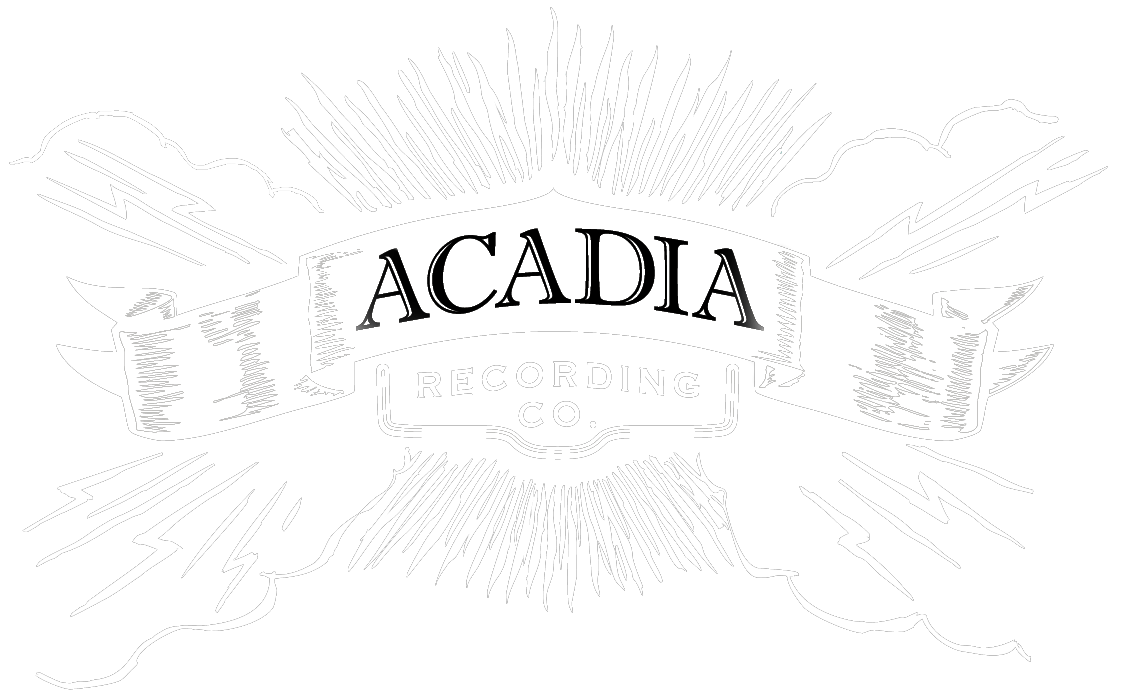1891 S.D. & H.W. Smith American Pump Organ
I have to be honest that ever since I finished the last Ghost of Johnson City Record I have had pump organs on the brain: when Erik Winter brought his Chicago-made George P. Bent Crown model in during a tracking session I was blown away by the sheer scope of its tones. It was so full and lush and sat in mixes really really well. I have had a number of them come through my hands over the years, so it wasn’t surprising that this Smith American pump organ found me via Noah Defillipis and I immediately bought it.
The Smith American Company was originally established by S.D. Smith and H.W. Smith as early as 1852. First known as the Smith American Organ Company, the firm was located in Boston and built high-end parlor organs and melodeons. In the early 1880s the firm began building pianos and the name of the firm was changed to “The Smith American Organ & Piano Company.” In 1889, the firm acquired The Regal Piano Company from the New England Piano Company, and the firm was known as “The Smith American Piano Company” by the 1890s. The Smith American Piano Company built and controlled the Regal Piano Company line until 1903. Many of the instruments by Smith American were also labeled as ‘The Palace Of Music’. It appears that the Smith American firm went out of business in the first part of the 20th Century.
Pump organs are a free-reed style of organ that generates sound as air flows past a vibrating piece of thin metal (known as the reed) in a frame. Much like a harmonica, its close family members are the Reed Organ, Harmonium, and Melodeons. The bellow system that creates the air needed to flow over the reeds is generated by pumping your feet back and forth. Most of the bigger organs have what are called stops or pulls–levers that change the voicing of the reed banks. Pipe organs achieve this effect by having different materials and lengths of pipe to achieve a variety of tones. This theory of stops or pulls is still being used today, think of the drawbars on a Hammond organ or on Vox and Farfisa organs. These stops emulate instruments such as Flute, Bassoon, Clarinet, French Horn. The Smith organ we have at the studio actually has a tremolo style effect for the treble side of the keyboard labeled Vox Humana. Most pump organs have two knee levers which in this case actuates a bass and treble coupler, and allows (when needed) the higher or lower octave of a note that is fingered to be played. Think of a ghost playing an octave higher or lower than the note you are playing. Pump organs are much more portable than pipe organs and were widely used in smaller churches and in private homes in the 19th century, but their volume and tonal range are limited relative to pipe organs. They generally had one or sometimes two manuals (keyboards), and rarer models also came with foot pedal boards. The better quality instruments have a unique tone, and the cabinets of those intended for churches and affluent homes were often excellent pieces of furniture. Several million free-reed organs and melodeons were made in the U.S. between the 1850s and the 1920s. Some of the more known makers are Estey and Mason & Hamlin. The invention of electricity pretty much killed the pump organ. In the early 20’s catalog manufacturers like Sears & Roebuck started carrying and distributing electronic organs and the writing was pretty much on the wall at that point.
We’re happy to have this pump organ at the studio, it will really add a new dimension of sound to a mix and we’re looking forward to incorporating it into future albums!

